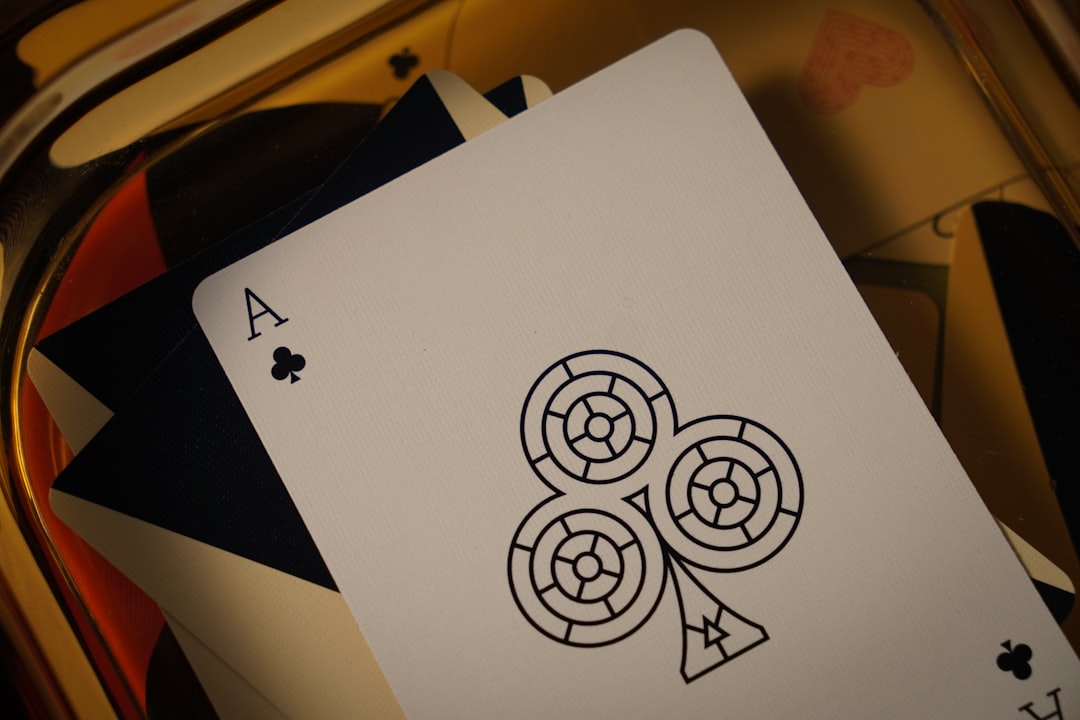In the vast world of internet mysteries and digital illusions, one name has intrigued users for years: Peter Answers. Often considered a novelty trick or a harmless prank, Peter Answers is an online virtual tarot game that promises to answer any question you ask—provided you invoke it correctly. But beneath its mystical surface lies a clever bit of programming trickery that relies more on sleight of hand than any actual psychic power. Whether you’re new to Peter Answers or someone looking to understand how the trick works, this article will walk you through the phenomenon, its origins, and the secret behind its supposed magic.
Table of Contents
What Is Peter Answers?
Peter Answers—also known as Peter Responds in some regions—is a website that simulates a virtual spirit who answers questions as though communicating through a medium. The homepage typically greets visitors with fields labeled “Petition” and “Question.” Users are prompted to type in a phrase such as “Peter, please answer the following question,” and then input a query like “What is my best friend’s name?” or “How many fingers am I holding up?”
To an unsuspecting observer, Peter appears to answer these questions with uncanny accuracy. It gives people the chilling impression that the site is either tapping into some form of supernatural intelligence or engaging in futuristic artificial intelligence. However, the truth behind Peter Answers is far simpler—and more entertaining.

How Does Peter Answers Work?
The magic of Peter Answers isn’t really magic at all; it’s a well-designed prank that relies on cleverly hidden inputs. The site allows a person who knows the trick to secretly type in the answer to the question, even as it appears they’re typing the standard petition. Here’s a breakdown of how this digital illusion is pulled off:
The Secret Behind the Petition
The crux of the trick lies in the first field labeled “Petition.” While it looks like the user is typing “Peter, please answer the following question,” something else entirely is happening behind the scenes.
- The user begins by typing a period (.) followed by the actual answer to the question.
- As they type, the website automatically replaces what’s being entered with each character of the default petition phrase.
- Once they have typed the complete answer and hit “Enter,” the system disguises the custom answer as a regular petition.
- Then, in the Question field, the user types the setup question (like “What is my birthdate?”).
When the trick is performed smoothly, nobody can tell the answer was manually entered. The timing and presentation make it look like Peter is responding with supernatural knowledge.
Why People Fall for It
Human psychology plays a big part in the effectiveness of Peter Answers. Here are a few reasons why so many fall for the prank:
- Confirmation Bias: People want to believe something works, so they focus on the hits and ignore the misses.
- Presentation: The prankster usually “invokes” Peter in a dramatic or serious tone, which enhances the illusion.
- Peer Pressure: When everyone around them seems convinced, newcomers are more likely to accept the illusion as real.
- Prior Knowledge: Because the answers often come from shared information (like birthdays or personal names), they seem impressive.
Essentially, Peter Answers combines the charm of a fortune-telling trick with the ease of modern web design to produce a compelling illusion that continues to captivate the curious.
A Brief History of Peter Answers
Peter Answers was created by a software developer named Ariel Martín as a digital twist on old-school parlor tricks and spirit boards. Initially released in Spanish as Peter Responde, the website gained rapid popularity due to its mysterious aura and shareability. Soon it was translated into English and began spreading virally across schools, internet cafés, and eventually social media platforms.
The viral nature of Peter Answers can be attributed to its simplicity—no downloads, installing, or apps needed—and its surprising impact during live demonstrations. The trick came at a time when digital literacy was still growing, so many users genuinely believed a website could “read minds.”

How to Perform the Trick
If you want to try Peter Answers for yourself, here’s a step-by-step guide to perform the trick and amaze your friends:
Steps to Pull Off the Trick
- Navigate to the Peter Answers website.
- In the “Petition” field, type a period (.) followed immediately by the answer to your question (e.g., .John).
- As you type, the site will display “Peter, please answer the following question.”
- Press the “Enter” key once your secret answer is completed.
- In the “Question” field, type your setup question (e.g., “What is my brother’s name?”).
- Hit “Enter” and watch Peter provide the correct answer—seemingly out of thin air.
Remember, the trick only works when you’re careful with your typing and confident in your delivery. It’s more effective when the audience is unaware of the sleight of hand.
Variations and Similar Tricks
Peter Answers isn’t the only trick site out there. Over the years, a number of similar “occult-themed” mystery apps and websites have appeared, although few have captured attention quite like Peter Answers. Some apps now incorporate speech recognition, animation, and even fake voice assistants to build on the illusion.
There are also mobile versions of Peter Answers, but the web-based version remains the most popular, likely due to its simplicity and ease of access from any computer.
Is It Harmless Fun?
For most people, Peter Answers is a harmless prank that offers a few laughs and wide eyes—especially at parties or school gatherings. Still, it’s always good to use discretion. Some individuals, particularly children or those unfamiliar with internet tricks, may take the site seriously. In rare instances, people have reported feeling genuinely disturbed by how personal the answers appear.
It’s important to stress that Peter Answers is not psychic, nor is it reading your mind or hacking into your personal data. It’s just an elaborate hoax executed via clever text input misdirection.
Tips for Making It More Convincing
If you really want to sell the illusion, consider these tips:
- Practice the typing technique so that you can input answers smoothly without hesitation.
- Use individualized questions based on info only you and the “victim” know.
- Avoid overdoing it; once or twice makes it fun, too many times might raise suspicion.
- Include participants by letting them ask a question without telling them how it works.
In Conclusion
Peter Answers is a brilliant example of how technology and psychology can blend to create an illusion that’s both entertaining and eerie. Though the site presents itself as a mystical answer machine, the real magic lies in its design and your ability to keep a straight face while performing the trick.
Next time you want to add some mystique to a social gathering or just have a bit of fun with friends, try Peter Answers. Just be sure to let them in on the secret afterwards—unless, of course, you want to keep them wondering a little longer.

